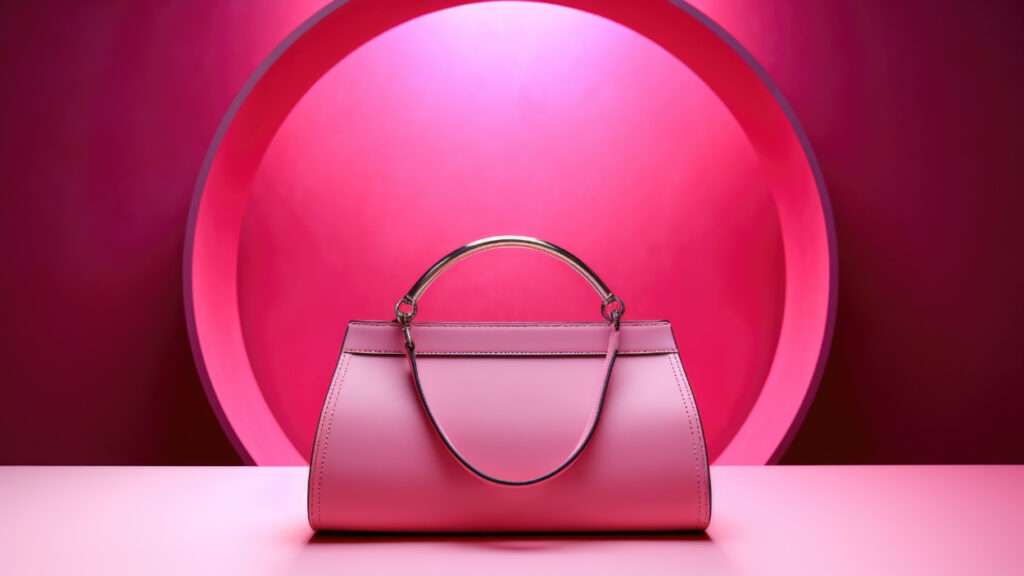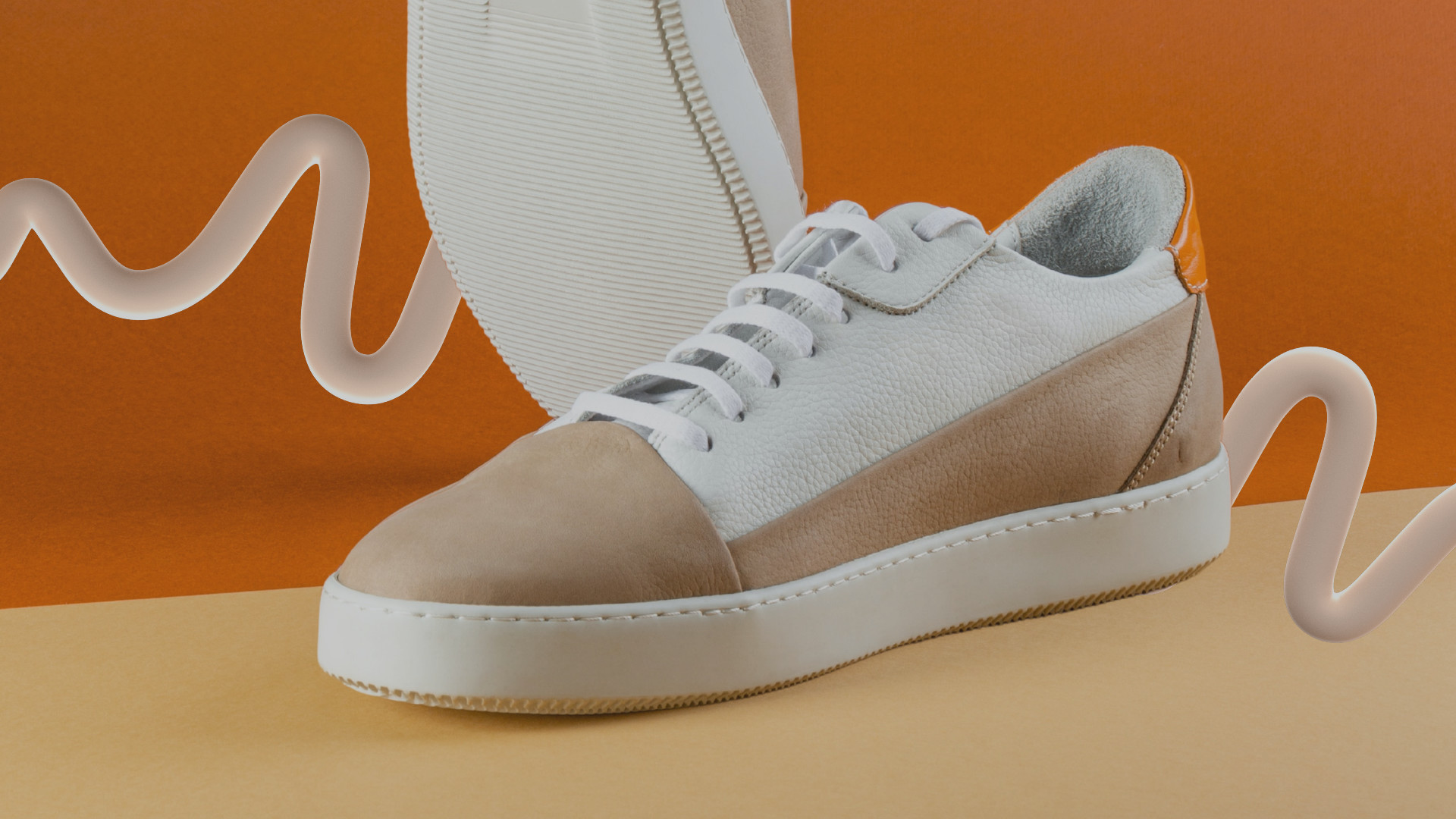The future of fashion is not predetermined, but there are clear disruptive trends that have the potential to reshape the extended value chain sooner, not later.
From transparency and trust to the next stage of virtual runways, 2024 promises to have more action than ever, with technology impacting brands, retailers, and stakeholders across the entire scope 1-3 fashion value chain. Let’s dive into what I consider to be some of the most promising areas, where innovation has the biggest potential to unlock tangible transformation.
Sustainability Storytelling: Data Democratisation, Transparency and Trust
Consumers aren’t just buying clothes anymore; they’re buying stories. And in that value exchange, transparency and data are the new currency. With properly captured, audited data as its source, Blockchain technology could soon pave the way for real-time tracking and traceability, ensuring ethical sourcing and sustainable practices throughout the extended value-chain. Imagine scanning a garment tag and witnessing its journey, from farm to factory to the store, and into your wardrobe. Talk about informed purchasing power and a new narrative!

Across sectors, organisations like Everledger are already using blockchain to authenticate luxury goods to help combat counterfeiting, building trust and encouraging responsible consumerism. Fashion and luxury goods -like clothing, shoes, and leather items- are some of the most counterfeited products, constituting 65% of the counterfeit luxury industry. The true value of fake materials is likely higher than estimated, as not all illegal activity gets detected or reported! The challenges of implementing these token-based solutions at scale might be high, but the potential is just as high – potentially giving the industry a way to prevent huge amounts of value from leaking out.
Digital Twins: Reimagining Design and Development
Forget prototypes gathering dust in storerooms, iterative samples for minor design changes, repetitive fit review sessions, and archives of over-ordered and unused materials. We’re now in the era of digital twins – virtual replicas of physical materials and products, that have the power to streamline design, development, and collaboration. Imagine tweaking patterns, testing materials, sampling, and optimising fit – all in the digital realm. 3D-DPC (digital product creation) companies are leading the charge, enabling brands to reduce errors, shorten lead times, and minimise waste. It’s a win-win not only for efficiency, cost, but also in enabling ESG (environmental, social and governance) goals.

Gaming Goes Couture: The Virtual World Beckons
Fashion is stepping into a new, dynamic space, blurring the lines between physical and digital experiences, and crossing over into other media. Imagine owning limited-edition digital sneakers or attending exclusive fashion shows in immersive virtual worlds, where virtual avatars become clotheshorses, showcasing unique garments and accessories.
Brands like Nike and Louis Vuitton are already playing in this digital sandbox, creating exclusive NFTs and virtual wearables. This has the potential to open new revenue streams and engage tech-savvy consumers, but questions about intellectual property (IP) ownership and value in the virtual world will need further exploration.

Companies like PhygitalTwin are helping those that are tired of overproduction and lengthy design cycles empowering brands to create fashion pieces digitally.
Their platform allows designers to design, customise, and produce clothes on-demand, minimising waste, and maximising agility. Using the brand’s own design DNA to explore new trends quickly, cater to individual preferences, and even bridge the gap to virtual fashion with Phygital Twins innovative tools. They are also enabling consumers to embrace the future of fashion by designing their own ultra-personalised products that are sustainable, and digitally driven.
Sustainable Savvy: Fabrics and Fibres for a Greener Future
Sustainability is no longer a trend, it’s a necessity. Bio-based fabrics derived from algae, mushrooms, or recycled materials are gaining traction, as are innovative dyeing techniques that help to minimise water and chemical usage. Patagonia and The North Face lead the charge with repair programs and take-back schemes, promoting circularity and responsible consumption. These advancements address growing environmental concerns and contribute to a more sustainable fashion ecosystem.
Augmented Shopping: Try Before You Buy (Virtually!)
Forget crowded fitting rooms and the “will-it-fit?” dilemma. Augmented reality (AR) apps are bringing virtual try-ons to your living room. Think visualising garments on your body, experimenting with styles, and finding the perfect fit before ever stepping into a store. Companies like Wannaby are making this a reality, empowering consumers to shop smarter and are helping to reduce returns. AR, as well as virtual reality (VR) can also provide rich product information and brand storytelling, creating a more informed and personalised shopping journey. Take Gucci’s AR app that provides a realistic representation of how shoes will look on your feet, helping you make informed purchase decisions in the comfort of your own home. The app also offers a fun and interactive way to explore Gucci’s latest collections and experiment with different styles.

The Tip of the Fashion-Tech Iceberg
As we continue to navigate 2024, prepare for even more mind-blowing advancements, collaborations, and innovative applications. Brands that embrace these disruptive technologies and adapt their strategies will be better positioned to thrive in the new tech era of fashion. Remember, technology is a tool, but the human touch remains essential. Let’s leverage these innovations to create a more sustainable, inclusive, and exciting fashion future for all of us.
From virtual runways to AI-powered design assistants, the tapestry of fashion is being woven with new threads in 2024. These disruptive technologies offer a tantalising glimpse into a future where fashion transcends physical limitations, embraces sustainability, and caters to individual expression like never before.

However, with every innovative stitch comes a knot to be unravelled. Questions about ethical use, environmental impact, and the very definition of ownership in a digital world demand thoughtful consideration. Are we creating a more inclusive and accessible industry, or exacerbating existing inequalities? Can we balance technological advancement with the human touch?
Ultimately, the future of fashion is not one predetermined design, but a collaborative project waiting to be stitched together. From policymakers and brands to designers, manufactures, manufacturing partners, and consumers, each stakeholder holds a digital needle and thread. Let us use them to weave a future where technology empowers creativity, sustainability becomes the guiding principle, and fashion, in all its forms, remains a vibrant expression of our humanity.
Mark Harrop
As a technology advisor to the fashion industry, Mark has worked for almost five decades to help the world’s best known retailers, brands and manufacturers achieve efficiency savings across their entire supply chain through informed technology investments.




